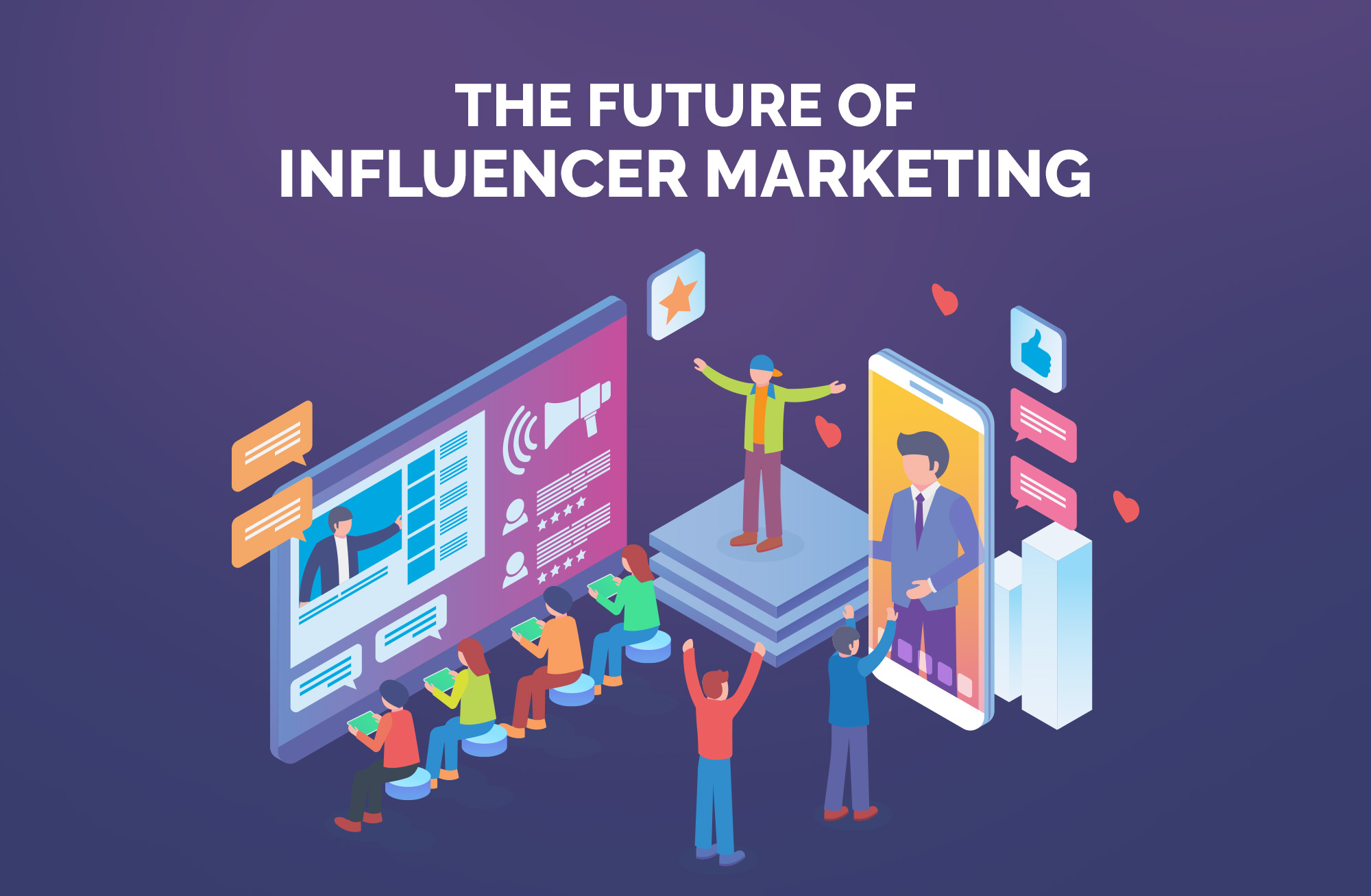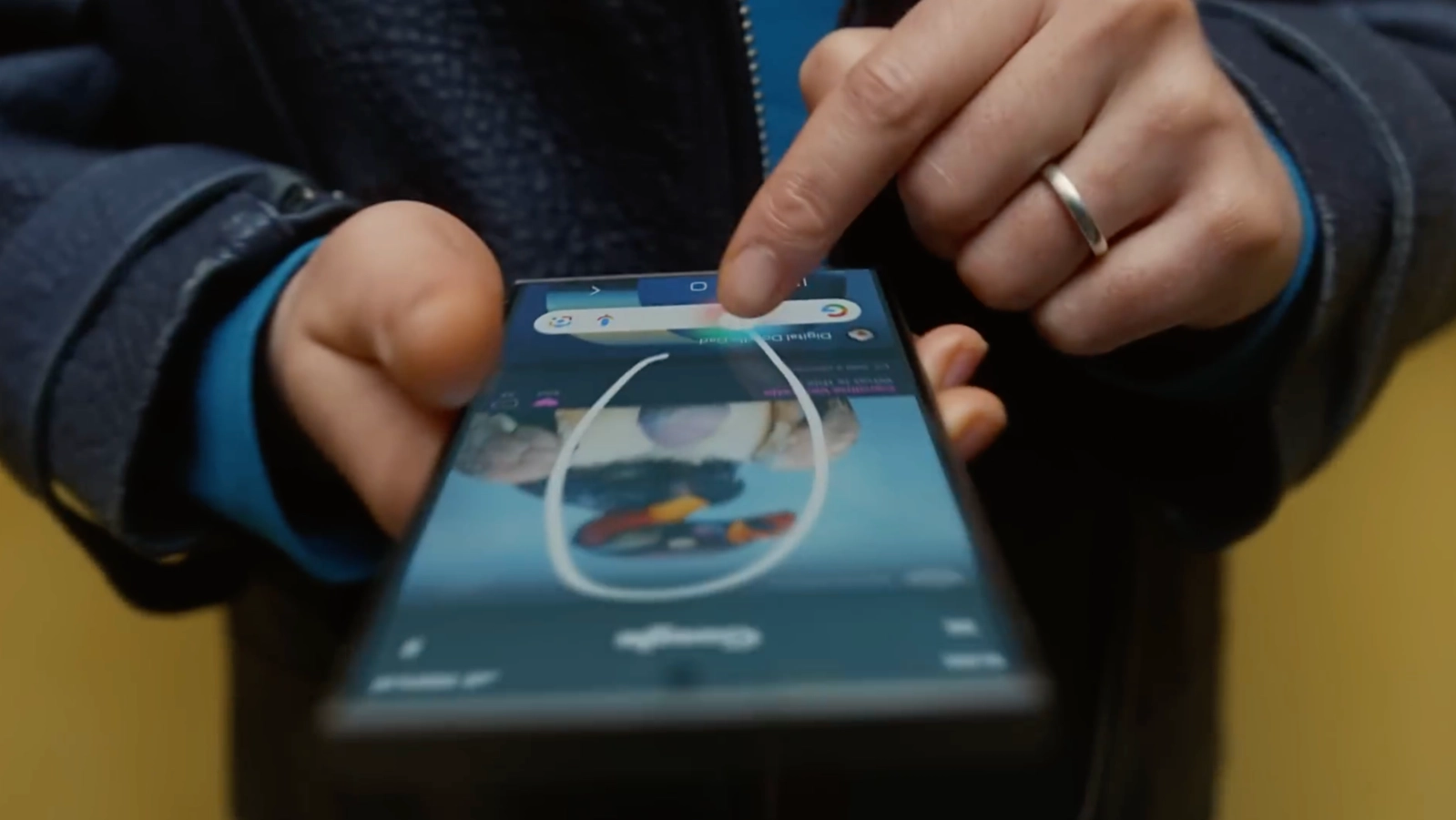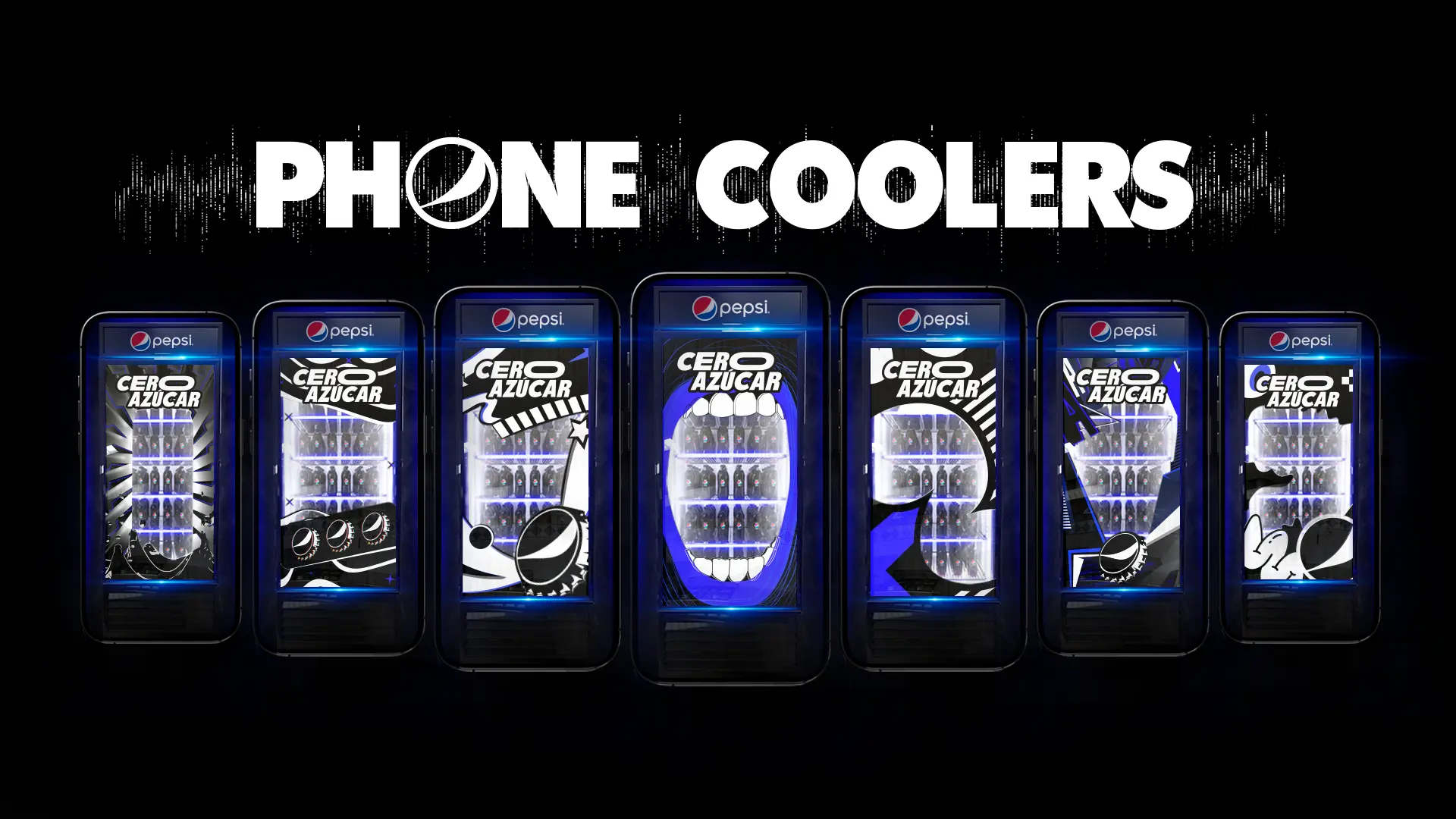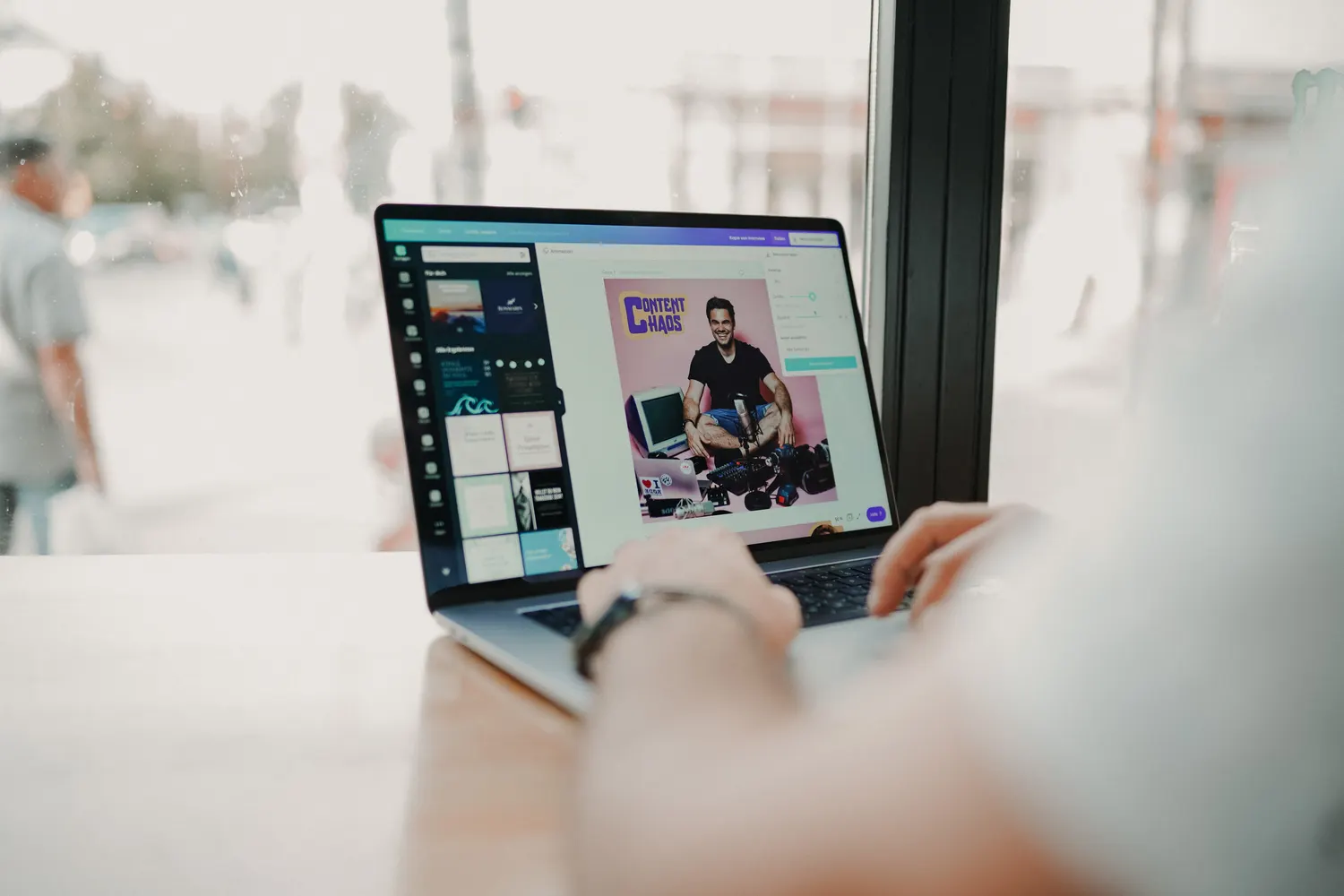The Future of Influencer Marketing

Influencer marketing has evolved into a more sophisticated and brand-oriented form of marketing in the last few years. It’s the journey where a brand leverages the trust and an emotional bond based on some value the influencer shares with his or her fans to communicate how the brand stands for those humane values and how its products or services reflect those values. Influencer marketing is about personifying the brand’s unique characteristics by tying up with a powerful influencer who embodies those characteristics and gives the brand a voice to be resonated with the larger audience; thus, making it easier for the brand to come closer to its customers.
Influencer marketing usually involves brand endorsements, having a social media influencer or a celebrity to support your content, or co-creating content together with the brand. The future of influencer marketing 2.0 is inevitably subject to modifications, variations, alterations, and transformations in the years to come. Let’s see what the future of influencer marketing 2.0 is going to look like or has already started to look like through an expansive and comprehensive vantage point in this article.
All-inclusive
Most brands target influencers with more than 2, 00,000 followers. They prefer names that command a greater database of fans or followers because the more an influencer is popular or powerful, the more he can help the brand to connect with a larger audience and therefore generate more leads. However, this may change in the years to come. Today we have so many influencers championing their own niches and it has become easier than ever to get in touch with them. Hence, we will more likely see brands taking advantage of diverse personalities across influencer communities. So, we will see brands associating with influencers at all levels from low-fan base ones to high-fan base ones because it is no more about just numbers but a stronger emotional connect that can spread like wildfire over the internet.
Transparency
The consumer was never a moron and will never be. Advertising or marketing methods that have been authentic are the ones that have been able to convert customers into loyal consumers. In fact, content marketing practices have evolved in the direction of a consumer’s demand for transparency and will continue to. People don’t like and don’t trust advertisements that are destined only to hard sell. People love and trust advertisements that give them honest information. Influencers had been a significant fragment of this wave but recent times have seen many of them compromise trust and values for handsome commissions to express on behalf of brands or even partner for such co-branded communication. This denigrates trust. As a result, it won’t be surprising to see more and more consumers beginning to demand more truthfulness, candour, and honesty from the influencers that they revere and dim their eyes in suspicion and dislike for any signs of dishonesty and deceit.
More competition
More and more packs of marketers are approaching influencers and many brands are endeavouring to become idols in their own right. This is creating an upward surge in the activities of social media and content creating thus driving more competition and increasing the prospects of it becoming fiercer in future. So, if you want your brand to stand taller amongst it all, you have got to ensure you are a baller.
Stricter compliance
In the April of 2017, the Federal Trade Commission (FTC) of the United States government had sent various letters with an official notice of caution to influencers as well as brands that were found to be involved in dubious advertising. FT asked them to reveal their relationships for good. Various governments are now tracking down such unrevealed associations and endorsement agreements. Growing unease about such opaque and ambiguous relationships or intent is goading all brand stakeholders to be more open about their associations and this optimistically will play a major role in retaining consumer’s trust.
The role of Augmented reality and Virtual Reality
Virtual Reality (VR) and Augmented Reality (AR) will take up a large part of the influencer marketing process eventually. Augmented Reality involves superimposing a computer-generated image on a user’s view of the real world, thus providing a composite view. And Virtual Reality is the computer-generated simulation of a three-dimensional image or environment that can be interacted with in a seemingly real or physical way by a person using special electronic equipment, such as a helmet with a screen inside or gloves fitted with sensors. VR and AR will truly enhance the impact of influencer marketing in the years to come making it a more immersive experience.
It can do so in various ways like enabling improved truthful relations between influencers and customers. Honesty and credibility are the two most essential drivers behind the success of any influencer marketing strategy. And today’s customer is more inclined to be associated with trustworthy brands. The technologies of VR and AR will enable this trust factor to get stronger and deeply rooted. Hence, this is the best time for brands and marketers to benefit from the growing approval of AR and VR linked influencer marketing. Brands have already started to organize and host shows attended by various influencers and having these shows broadcasted using AR and VR technology. It helps to garner the attention of millions of customers at once. Using features like 360-degree cameras and panorama, AR and VR truly make influencer marketing more engaging and immersive. And the icing on the cake is that VR headsets are going to get more inexpensive and the smartphones will also allow AR functionality soon, some may even have been allowing! No wonder it is the future of influencer marketing 2.0.
Evaluating the followers
Going forward, it won’t be sufficient to just command a huge database of followers on social media. Clients have already started to show interest in knowing how you as a marketer or as an advertiser can help the brand to engage with its followers through an influencer in a way that generates admiration for the brand in the minds of prospective and existing customers. More and more clients also want to know what type of followers a particular influencer has and others are sure to follow and work in tandem with this interest of getting to know the followers better for relevancy rather than just having a herd of irrelevant followers. There is going to be a rise in the number of tools that help one to quantitatively and qualitatively gauge the influence of an influencer in a particular market. Parameters like a total reach, engagement time, customer behaviour and post engagement action and posting history will become more important. Expect more and more processes and tools that strive to present a detailed analysis of an influencer’s followers’ behavioural and demographical traits to better decipher the engagement rates, engagement value and quality of rapport between the influencers and their followers.
Technology-based monitoring
It has rather not been easy to measure the results of an influencer marketing campaign in terms of customer reach, impact, increase in market share and so on. As a result, there is a high possibility of technology to enable single sourcing in influencer marketing. Meaning, evolving technologies like AI will act as a means to measure influencer information and impact and leverage it to elevate the resulting solutions to meet consumer expectations.
As a matter of fact, technology-based monitoring is finding expression as a popular means in many companies looking to realizing technology driven effective influencer marketing. The giant brands will lead the race in terms of adopting digital platforms to identify relevant influencers they want to partner with. Others will also follow suit to build and manage relations between brands and influencers.
It’s clear that the future of influencer marketing 2.0 will heavily rely on digital channels to measure ROI. The brands will abandon speculation as they will have the technology to identify and select the most charismatic relevant influencers thus paving way for more successful campaigns.
Video+influencer marketing
We are witnessing how live videos are more effective in getting higher engagement rates. They are more capable than text and image format in getting users tuned in for a long time. Social media influencers are taking advantage of this fact to reach more and more people and turn them into fans by having them subscribe to their channels. Many research papers are now a testimony to the fact that social media users favour video content over the written format or still graphics. What moves, truly moves!
Hence, it will become more important than ever for content creators to leverage live video feature and merge it with influencer marketing. The future of influencer marketing 2.0 is going to be largely governed by and inundated with live video content coming from the social media influencers. Aren’t you seeing the signs already? Just pay attention to how happy you become when you get a notification of your favourite influencer’s live video update.
And it’s worth it as video content truly enhances the connection between influencers, the brand as well as the followers. Most people are attracted to videos. And it is only beneficial to have the audience engage with the brand through authority figures who can instantly boost the trust factor. It’s a fact that social media influencers help to attain greater engagement rates by using video content as a medium when used to provide honest and meaningful information. Therefore, if you are planning to use video marketing as many other brands are, you must merge it with the influencer aspect. You will be amazed to see how influencers help in having the content reach a larger target audience. Social media platforms have already featured live video. For example, Facebook launched Facebook Live and Facebook Watch which have been gaining high acceptance across social media users. Brands are using video content along with influencer marketing to connect with their followers and communicate brand information swiftly and in a more engaging manner.
Conclusion:
So, this is a broad picture of what the future of influencer marketing 2.0 is going to look like. Will all of these culminate into absolute reality? Or will influencer marketing transform in an entirely different way? We have presented a perspective based on our meticulous research and forecasting. Some of them are already taking shape. All we can say for sure is that influencer marketing practices are definitely going to change. If you want to stay ahead of the game, it is important to first stay in the game. And how do you stay in the game of influencer marketing? By keeping your finger on the pulse of the emerging trends of influencer marketing 2.0. It doesn’t matter how they unfold but it matters that you get hold of it and make influencer marketing 2.0 a significant part of your branding strategies to be more successful in crafting a long-lasting fruitful relationship between the brand, the influencer, and the customer.
Tags:
Future of Influencer Marketing, Technology, Digital Strategy, influencer marketing 2.0, Latest marketing news, technology-based monitoring, Augmented reality, Virtual Reality, Social Media, Digital tech news, Influencer Campaigns





